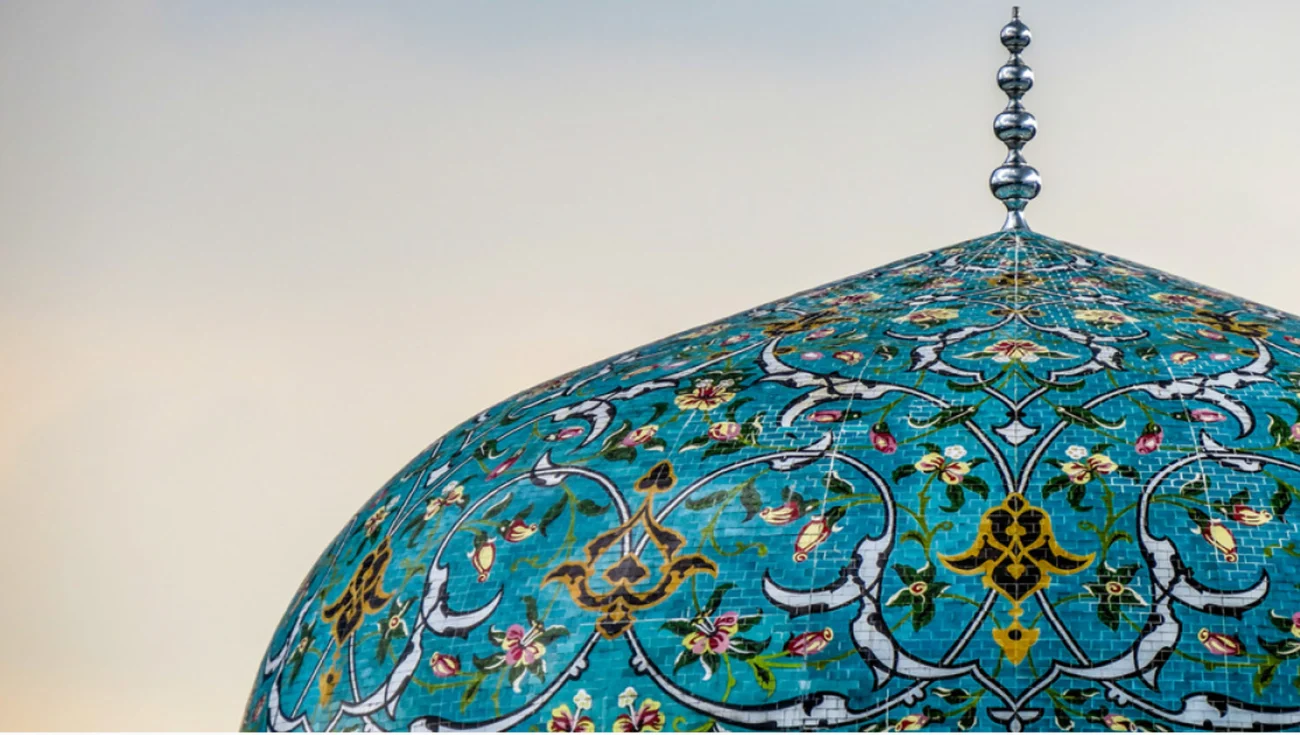
Buying a house on mortgage in islam
Buying a house is a significant milestone for many individuals and families. However, for Muslims, the process involves considering Islamic
The long-standing conflict between Israelis and Palestinians has resulted in the loss of countless lives and the displacement of numerous individuals, with its origins tracing back to colonial actions over a hundred years ago.
In light of a recent significant assault by the Palestinian faction Hamas, Israel has initiated military actions in the Gaza Strip. Consequently, global attention is intensely directed towards potential forthcoming developments.
On the 7th of October, militants from Hamas have carried out attacks on several towns in southern Israel, leading to the deaths of over 800 Israelis. In retaliation, Israel initiated an aerial offensive on the Gaza Strip, resulting in the death of more than 7,000 Palestinians, which includes 2,913 minors. Israel has also amassed forces along the Gaza frontier, signalling potential ground operations. Additionally, Israel declared a comprehensive blockade on the Gaza Strip on Monday, halting the delivery of essentials like food and fuel, a move that, according to international law, may constitute a war crime.
We need to understand what has caused the tense conflict between the Palestinians and Israelis with the following break down:
The region known today as Israel and Palestine was part of the vast Ottoman Empire. The population was diverse, with a Muslim majority and significant Christian and Jewish minorities.
After World War I, Britain took control of Palestine under a League of Nations mandate. The Balfour Declaration of 1917 expressed British support for “the establishment in Palestine of a national home for the Jewish people.” This led to increased Jewish immigration, which caused tension with the Arab population.
At the end of World War I, Palestine came under British control and was formally established as a mandate by the League of Nations in 1922. The Balfour Declaration of 1917, issued by the British government, had expressed support for “the establishment in Palestine of a national home for the Jewish people,” setting the stage for increased Jewish immigration.

In 1947, the United Nations proposed partitioning Palestine into separate Jewish and Arab states with Jerusalem as an international city. Jewish leaders accepted the UN plan, but Arab leaders did not. In 1948, the State of Israel was declared, prompting neighbouring Arab countries to invade. The war ended in 1949 with Israel expanding its territory beyond the UN partition plan.

Israel, alongside Britain and France, attacked Egypt after Egyptian President Gamal Abdel Nasser nationalized the Suez Canal. The conflict ended with a ceasefire and the withdrawal of Israeli troops under international pressure.
Israel preemptively attacked Egypt, Syria, and Jordan following mounting tensions. Israel captured significant territories: the West Bank, Gaza Strip, Golan Heights, and Sinai Peninsula. The war led to a large number of Palestinian refugees.
Egypt and Syria launched a surprise attack on Israel during Yom Kippur. Israel eventually repelled the attack but suffered heavy losses.
From the late 20th century, Israeli settlements in the West Bank and Gaza Strip became a significant source of tension. These settlements are considered illegal under international law, though Israel disputes this.
The Palestinian uprisings or Intifadas in the late 1980s and early 2000s were characterized by mass protests, civil disobedience, and violent clashes. The Israeli response involved measures like curfews, checkpoints, and at times, forceful suppression.
Israel and the Palestine Liberation Organization (PLO) signed a series of agreements aiming to resolve the conflict. While they established the Palestinian Authority and granted it limited self-governance in parts of the West Bank and Gaza, a final peace deal remained elusive.
The early 21st century saw multiple conflicts between Israel and Hamas, the governing authority in Gaza. Civilians suffered due to blockades, air strikes, and rocket attacks.
Before the official expiration of the British Mandate on May 14, 1948, Zionist paramilitary groups had already initiated operations targeting Palestinian towns and villages. Their objective was to expand the territories that would fall under the jurisdiction of the upcoming Zionist state. In a particularly tragic event in April 1948, the village of Deir Yassin, situated just outside Jerusalem, became the site of a massacre where over 100 Palestinian civilians, including women and children, lost their lives.
This harrowing episode set a grim precedent for subsequent operations. Between 1947 and 1949, over 500 Palestinian villages, towns, and cities were obliterated, an event the Palestinians commemorate as the Nakba, which translates to “catastrophe” in Arabic. Throughout this period, it is estimated that around 15,000 Palestinians were killed, with multiple massacres reported.
By the end of these operations, the Zionist movement had gained control of an expansive 78% of historical Palestine. The residual 22% was fragmented into the regions currently recognized as the occupied West Bank and the encircled Gaza Strip. Approximately 750,000 Palestinians faced displacement from their homes during this tumultuous period.
Presently, the descendants of these displaced Palestinians, numbering around six million, reside in 58 overcrowded refugee camps scattered across Palestine and its neighboring nations: Lebanon, Syria, Jordan, and Egypt.
In a significant development on May 15, 1948, Israel formally proclaimed its statehood. This announcement was immediately followed by the onset of the first Arab-Israeli war on the subsequent day. Hostilities ceased in January 1949, culminating in an armistice agreement between Israel and four nations: Egypt, Lebanon, Jordan, and Syria.
Further addressing the refugee crisis, the UN General Assembly adopted Resolution 194 in December 1948. This resolution emphasizes the right of Palestinian refugees to return to their homes.











Now we understand how the Israeli state illegally came into existence, whilst dispersing and killing the innocent Palestinians. Currently, we see more atrocities, bombardments and illegal use of phosphorus used by the Israelis on the innocent people of Palestine. As the days go by, we see more Palestinian kids, women and elderly losing their lives one by one. As Muslims across the globe, we must unite and voice what is happening in Palestine and Boycott goods.
Here are the following links which you can follow to support the Palestinians and keep up to date with the atrocities:

Buying a house is a significant milestone for many individuals and families. However, for Muslims, the process involves considering Islamic

As the sacred month of Ramadan approaches in 2024, many of us look forward to this time of reflection, devotion,
